Carey Mulligan and Ralph Fiennes talk "terrifying" The Dig scene
Carey Mulligan and Ralph Fiennes talk to Total Film about their new Netflix movie, James Bond, and what's next
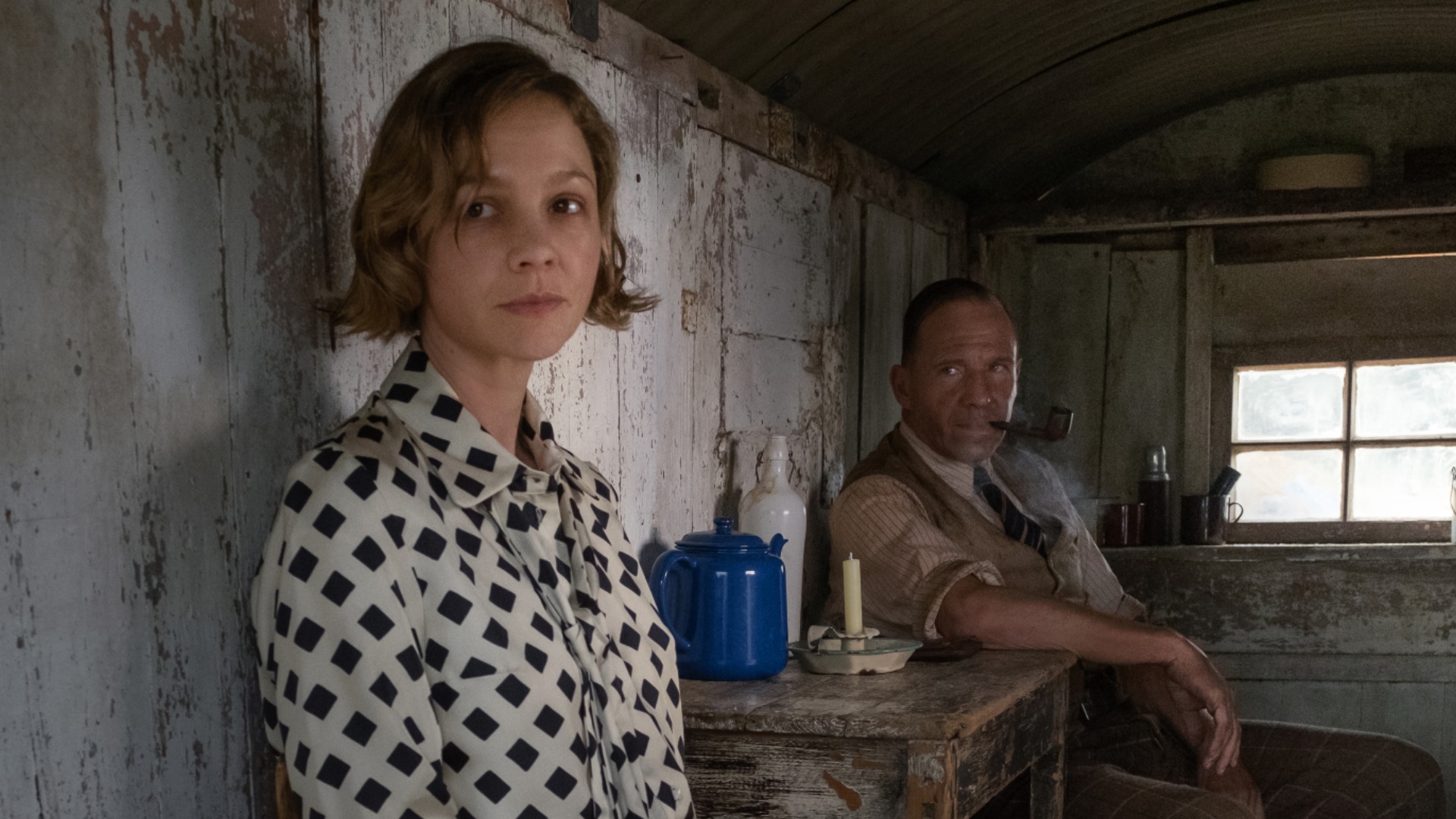
From The Crown to Mank to The Trial of the Chicago 7, Netflix loves a period drama adapted from real events. Now comes The Dig, a retelling of the 1939 excavation of Sutton Hoo, where an excavator named Basil Brown (Ralph Fiennes) was hired by Edith Pretty (Carey Mulligan) to dig up a Viking burial mound. What they find is nothing short of miraculous, and the Sutton Hoo dig would prove pivotal in establishing the history of the Anglo-Saxon empire in England.
As you would expect from a movie called the Dig, directed by theatre director turned filmmaker Simon Stone, there's a lot of dirt involved. One scene in particular sees Basil Brown being completely buried in mud, and it's traumatic to watch. GamesRadar+ and Total Film caught up with Fiennes and Mulligan to ask the duo about the scene, working with Stone, and their various upcoming projects including No Time to Die, The King's Man, and the Bradley Cooper directed Maestro.
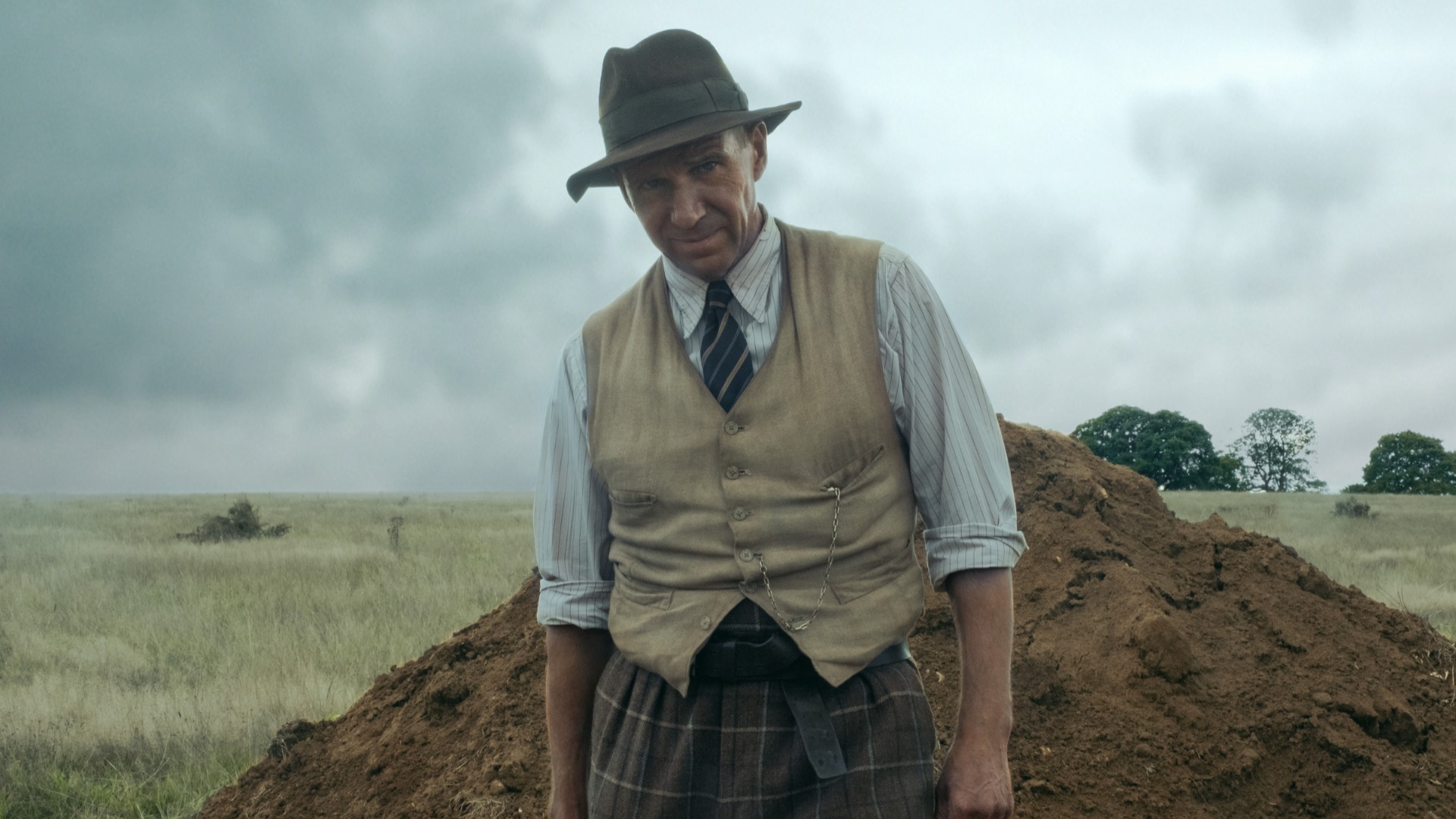
GR+: There's one scene where Ralph gets buried under the dirt. It looked very traumatic on screen, and I believe that Ralph was actually buried under the dirt. How was that to film?
Ralph Fiennes: Well, the point of the film is to make it look traumatic, and, of course, everyone’s very careful when you’re making that shot and that sequence. I mean, I wanted to do it. They offer a stuntman, and you’re going, “Well, I can do that. I can be in the earth.”
On film sets, everyone gets very protective. There are some things that actors can do that are designated as stunts. And everyone’s concerned. Actually, there’s always an anxiety. And I was fine. They dug out the earth. I lay in the earth. It was very cold. The earth was laid on top of me pretty gently.
The only thing I got a little bit apprehensive about was the energy of the actors’ hands as they tried to unearth me. It was sort of going to end up giving me a black eye because there was a frantic energy. could feel these fingers scrabbling close to my face. “Steady, steady…”
Carey Mulligan: It was terrifying! When it was clear that we were going to be actually uncovering Ralph, I was really nervous about it. I kept on saying to people around me, “Please don’t make me do this. I feel like it’s such a responsibility.”
Sign up for the Total Film Newsletter
Bringing all the latest movie news, features, and reviews to your inbox
There needed to be a certain period of time, at the beginning of the take, where his face was just covered. We were running in from a distance to get to him. It felt genuinely nerve-wracking that I would leave him under there for too long.
I’m sure he could have sprung up. But I don’t know. It didn’t feel like that at the moment. And I was hyper-aware of scratching his face. I think I did scratch his face. The urgency to get him out took over. But, oh my goodness, I was so glad when it was over.
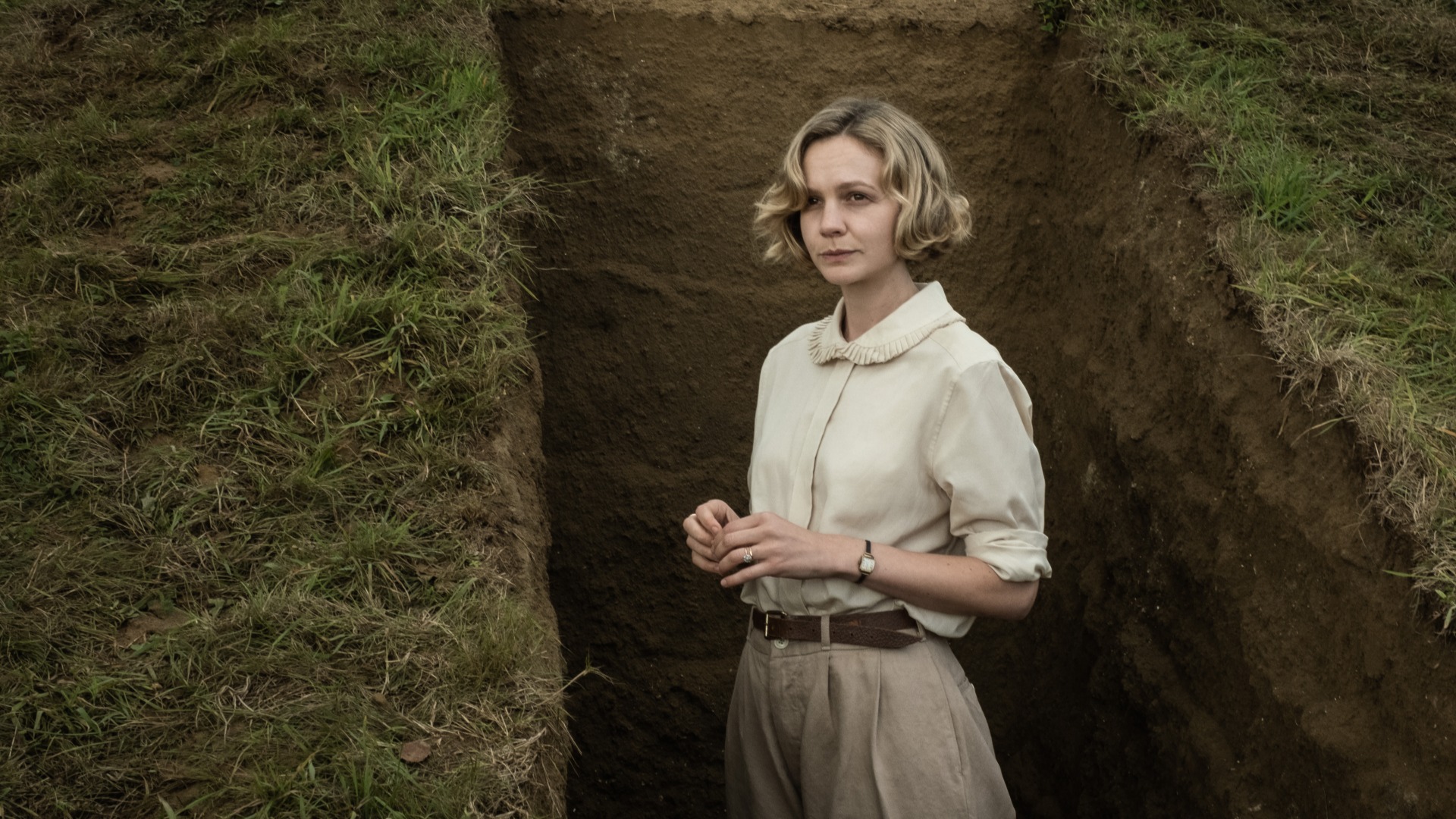
It must have been quite horrible finishing every day with layers of mud in your fingernails?
Mulligan: For me, because she’s completely the landowner, the lady of the house, I was never massively down in the dig at all. I was sort of always on the side-lines, which I think was great. Those images of Edith sitting in a chair, in a sort of wicker chair on the side with an umbrella, watching what’s going on. She never really got down into the dig and involved herself.
But actually, in the shooting of it, it was so cold when we were filming in November, and everyone was pretending it was the height of summer. It just kept on raining. And so all the poor actors who were actually down in the dirt were getting completely drenched and freezing. So I felt like I did quite well out of that.
Ralph: I had a bit of residual dirt in my fingernails for the length of the shoot because I knew I was going to have it put on the next day. A wonderful makeup artist, Jenny Shircore, made me up. She spent a lot of time on my hands, because I haven’t got an earth person’s hands. They need makeup to make them to look convincing.
How was working with Simon Stone, the director, because he has a background in theatre. Do you noticed a difference between his way of directing and perhaps someone who’s always worked in film?
Mulligan: Definitely. I think one of the great things about this film is the sense of movement, and that’s possible because, in as many situations as he could, he kind of created a 360-set so that we could really feel free in the way that we moved.
I think that’s somewhat what helps you not feel like you’re in a kind of conventional period-drama where things feel very placed. This felt a lot freer than that, and there was room to try things differently, and move around differently. The camera kind of came with us. I think that felt like theatre.
He also would let takes run. When we were uncovering the treasure, the team buried the treasure, and the actors were genuinely finding it. They didn’t know where it was. So that added a nice element to it. They actually were finding it. And obviously I was reacting to that. So in that sense, it felt like immersive theatre, in a way.
Fiennes: He was incredibly adept with his camera choices and his way of shooting. He’s very, very clever – instinctive, intuitive and clever, Simon is, and he understands what film can do. So I felt that was all exciting. I think he was shooting it in an interesting way with Mike Ealy, the cinematographer. So I felt in good hands.
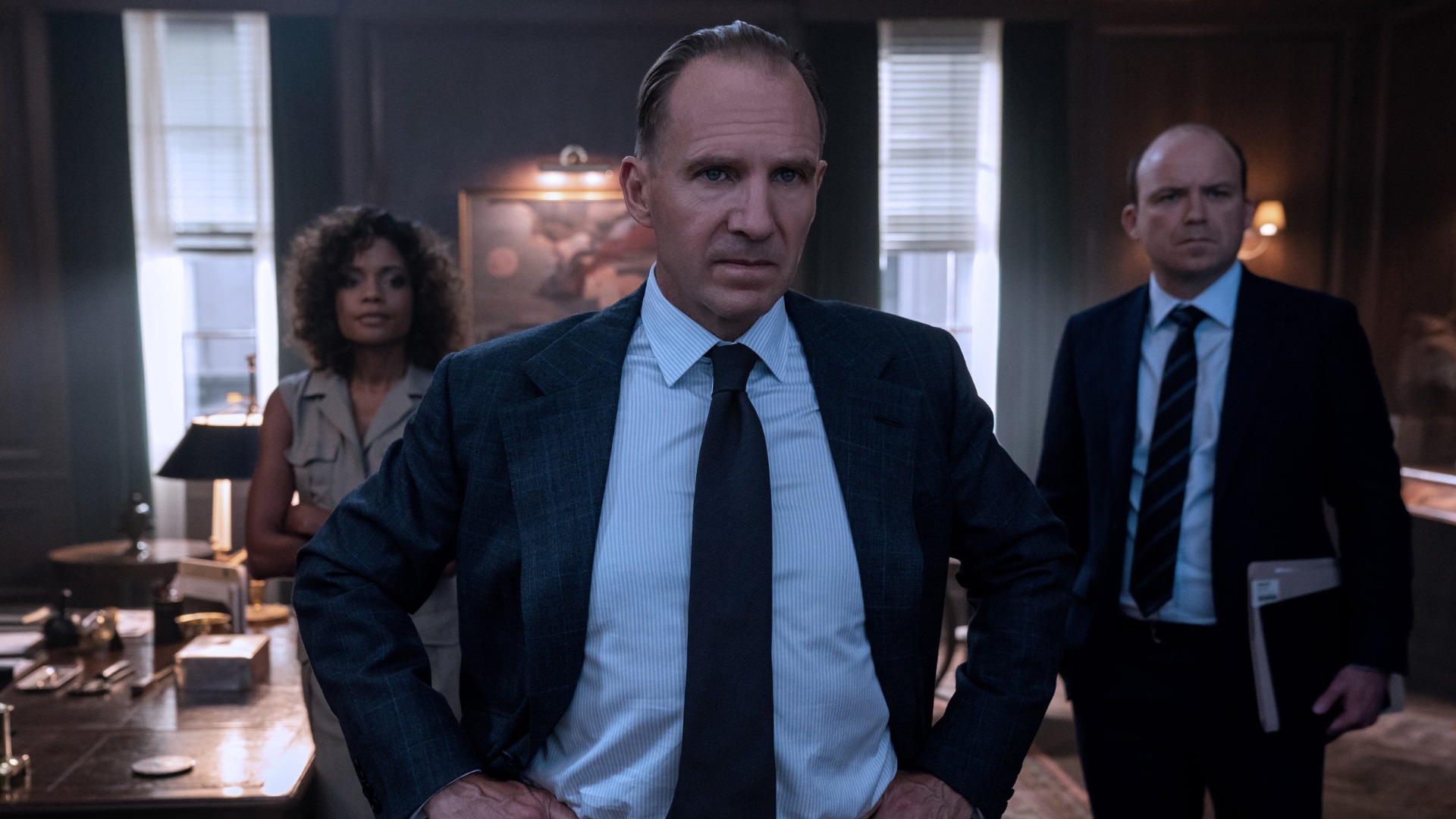
To touch on some of your future projects: Carey, you’ve got a film with Bradley Cooper coming up, Maestro, about composer Leonard Bernstein. Are you excited to be working with Cooper?
Mulligan: He’s just such a brilliant director. Acting alongside him – which I have, because we did an audition for Maestro, and I got to play scenes with him – is just so exciting, just being in a scene with him. What he gives as an actor is so extraordinary. So I’m so excited to work on it.
And it’s a really amazing story about what a marriage is, and what a marriage can be. It’s really a kind of unconventional love story, in a way. And it’s set in the most remarkable world. It’s set in the height of Bernstein's fame. This was pre-pop music. This was pre-fame in the sense that we understand it now. He was on everybody’s radio. Every week, he was the face of classical music. And that was such a huge thing. So to be in his stratosphere, I think was quite remarkable. Yeah, it was exciting. We’ll get to it at some point, I think, this year.
And Ralph, what can you tell me about The King's Man? Why should we be excited about that one?
Fiennes: Oh, God. I’m the worst person to ask. I think it’s a different approach to the Kingsman franchise. It’s got a historical context. It’s the First World War era. I think it’s got a sort of family element to it – a father/son dynamic which I think is quite powerful, quite moving. It ends up with some amazing set-pieces of action in it.
I mean, I’m too close to it to know, but the people who’ve seen it, they say it’s a blast. I think for some Kingsman fans, I think the period element and historical element – they might go, "Oh, where’s this? This isn’t The Kingsman." Then it hits its stride, and I think it’s fantastic. I think – of course, I’m biased.
And finally, you're M in James Bond. No Time to Die is Daniel Craig’s last movie. Will it be your last movie in the series, or will you stick with it?
If anyone from Eon Films is listening, I’m very keen to continue training the new Bond [laughs]. I love playing M, and I love being part of that franchise. But who knows? Things have to change. But I love working with Daniel. He’s a terrific Bond. I will treasure that experience.
The Dig is on Netflix now. For more, check out our lists of the best Netflix movies and the best Netflix shows available to watch right now.
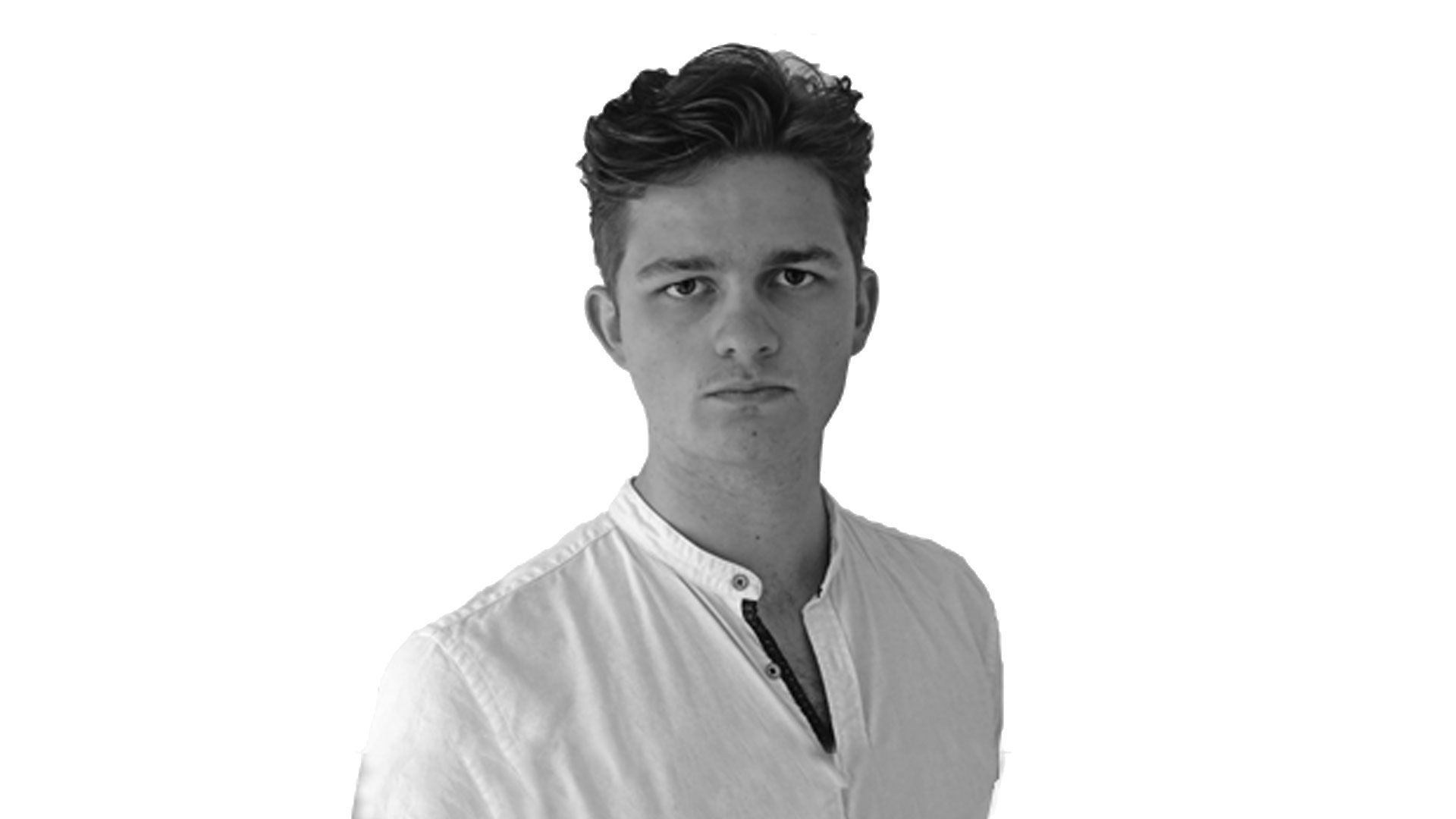
Jack Shepherd is the former Senior Entertainment Editor of GamesRadar. Jack used to work at The Independent as a general culture writer before specializing in TV and film for the likes of GR+, Total Film, SFX, and others. You can now find Jack working as a freelance journalist and editor.


